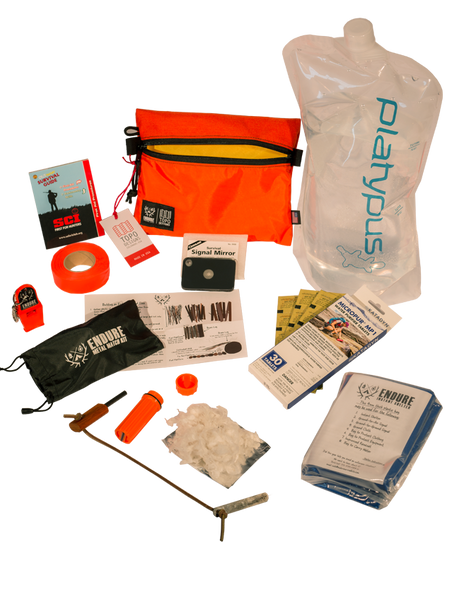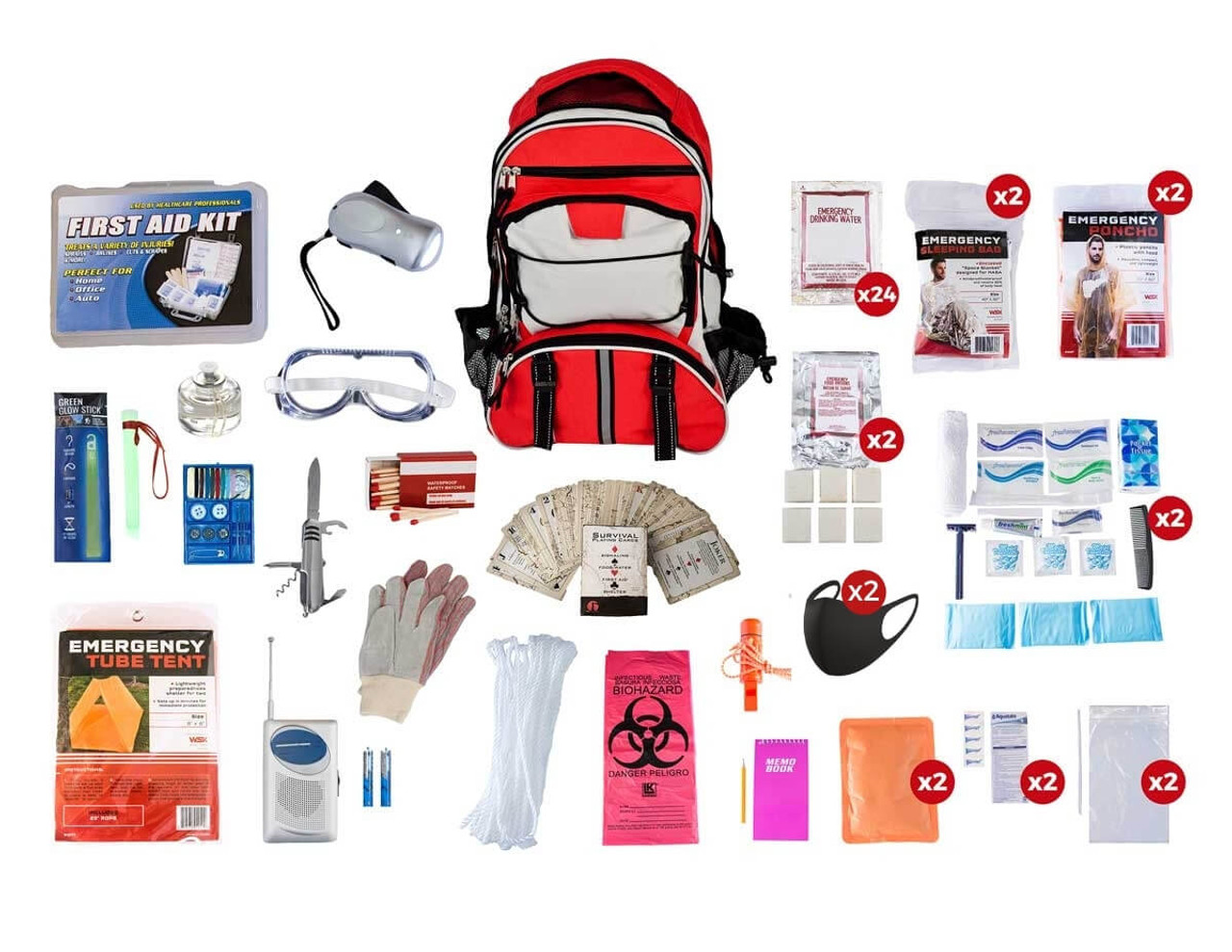Necessary Emergency Preparedness: Your Comprehensive Guide
Just How to Establish an Extensive Emergency Situation Readiness Plan
In the world of preparedness, developing an extensive emergency situation strategy is not merely a job to inspect off a list; it is a necessary foundation of any company or individual's resilience method. By thoroughly crafting a plan that resolves various elements of emergency monitoring, including danger analysis, interaction methods, source appropriation, and critical decision-making, one can lay a solid structure for securing assets, operations, and lives.
Relevance of Emergency Situation Preparedness
Emergency situation preparedness is crucial for mitigating prospective threats and making sure the security of people and communities. In today's world, where all-natural disasters, public health crises, and various other emergencies can strike without caution, being prepared can make a considerable difference in reducing the influence of these events. By having a well-balanced emergency situation readiness strategy in position, companies and people can respond properly, safeguard lives, and minimize residential property damage.
Among the primary reasons that emergency situation readiness is crucial is its role in saving lives. Having a plan that describes clear procedures for emergency situation, interaction, and discharge feedback can assist people act quickly and decisively when emergency situations take place (recommended you read). This can stop injuries and fatalities by making certain that people recognize what steps to require to stay secure
Additionally, emergency situation readiness enhances the strength of communities. By promoting a culture of preparedness and planning for different circumstances, neighborhoods can recover quicker from calamities and disruptions. This durability is essential for maintaining stability, connection of operations, and total health in the face of misfortune.
Assessing Possible Threats
Considering the value of being planned for unforeseen events, the first step in establishing an efficient emergency readiness plan involves thoroughly reviewing and evaluating possible threats. This evaluation calls for a thorough evaluation of all feasible dangers that can influence the organization, thinking about factors such as location, market, and historic data on events. By identifying these threats, organizations can prioritize their preparedness initiatives and designate sources successfully to alleviate one of the most substantial hazards.
Typical risks that companies might deal with include natural calamities like hurricanes, floodings, or earthquakes, technological risks such as power outages or data violations, along with human-caused risks like mishaps or intentional acts of violence. Performing a risk assessment likewise entails taking into consideration the prospective influence of these occasions on the company's procedures, workers, customers, and online reputation. By performing a detailed risk assessment, organizations can create customized emergency action strategies that address their specific susceptabilities and make sure effective readiness for any possible crisis.
Producing a Communication Plan
Creating a clear and extensive interaction plan is crucial for effective emergency situation preparedness within organizations. In times of dilemma, communication plays a crucial duty in guaranteeing the safety and security and wellness of staff members, stakeholders, and the community. A well-thought-out communication plan need to outline clear lines of interaction, mark key personnel accountable for interaction tasks, and establish protocols for disseminating info rapidly and properly.
One key aspect of creating a communication plan is identifying main and alternating communication channels (EMERGENCY PREPAREDNESS). These can include email, text messaging, phone trees, social networks systems, and public address systems. It is essential to make sure that these networks are reputable, easily accessible, and regularly evaluated to assure their effectiveness during emergency situations

Structure an Emergency Set
Offered the crucial value of readiness in times of crisis, an essential component that organizations need to resolve is the facility of an emergency set. An emergency kit acts as an essential source that can assist reduce the effect of unforeseen events, guaranteeing that vital materials and devices are easily available when needed most. When constructing an emergency situation kit, it is necessary to take into consideration the specific needs and situations of the company. Standard products such as water, non-perishable food, very first help materials, flashlights, batteries, and a battery-powered radio are basic parts of any kind of emergency situation set. Furthermore, organizations ought to include crucial files, such as contact checklists, insurance info, and emergency situation action strategies, in water resistant containers within the set. Routinely reviewing and upgrading the materials of the emergency situation set is crucial to ensure that products are present and functional. By proactively building and keeping an emergency set, companies can boost their readiness to efficiently reply to crises and guard their assets and personnel.
Establishing Emptying Treatments
To make sure the safety and security and organized evacuation of workers throughout emergency situations, organizations should develop efficient and clear emptying treatments. Emptying treatments need to incorporate a variety of possible circumstances, consisting of fires, all-natural disasters, or other emergency situations that call for swift emptying.

Additionally, organizations should develop a system for accounting for all workers throughout an evacuation to guarantee that every person has actually securely left the premises. Communication plays an essential duty in emptying treatments, with clear directions on exactly how to leave and when to do so. Normal testimonial and upgrading of evacuation treatments based upon comments and changing scenarios are important to keeping the efficiency of the visit plan.
Final Thought
To conclude, creating a detailed emergency readiness strategy is critical for ensuring the security and well-being of people in the occasion of a disaster (EMERGENCY PREPAREDNESS). By analyzing possible dangers, creating an interaction strategy, developing an emergency situation kit, and establishing emptying treatments, people and companies can be better equipped to react effectively to emergencies. It is essential to focus on readiness initiatives to alleviate the influence of catastrophes and safeguard lives and building
In the world of readiness, establishing an extensive emergency strategy is not merely a task to examine off a checklist; it is an essential foundation of any company or person's resilience technique. When emergency situations take place, having a strategy that details clear procedures for interaction, emergency, and discharge reaction can help individuals act quickly and emphatically. Get More Information. By conducting a complete threat analysis, companies can create customized emergency situation response plans that resolve their specific vulnerabilities and make certain efficient readiness for any type of prospective situation
Establishing a clear and detailed communication plan is vital for effective emergency readiness within organizations. By analyzing possible threats, producing a communication strategy, constructing an emergency package, and developing discharge procedures, people and companies can be better geared up to respond properly to emergency situations.